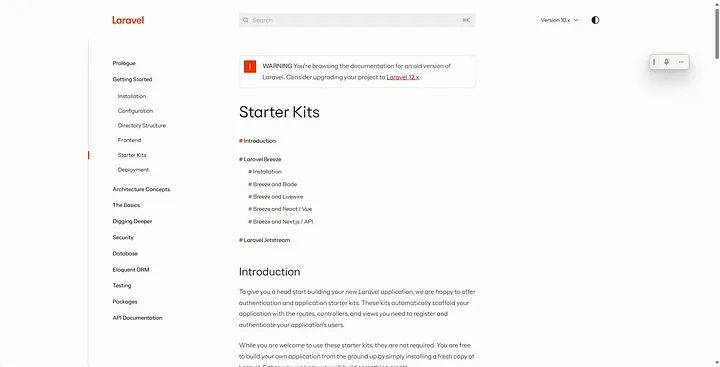In 2025, developers have access to more frameworks than ever, but two stand out for building powerful web applications: Next.js and Laravel. While Next.js dominates the frontend space with its React-based architecture, Laravel remains one of the most popular PHP backend frameworks. They’re both capable of powering full-stack apps, yet they excel in different areas. This article compares them in depth, helping you decide which one suits your next project.
1. What Is Next.js?
Next.js is a modern React framework developed by Vercel. It supports static site generation (SSG), server-side rendering (SSR), and client-side rendering, offering developers flexibility and performance for building scalable applications. With built-in routing, API support, and seamless deployment via Vercel, Next.js has become the go-to tool for developers building modern websites and web apps.
2. What Is Laravel?
Laravel is a robust PHP framework created by Taylor Otwell. Known for its elegant syntax and developer-friendly features, Laravel is a full-stack backend framework that includes authentication, routing, database migrations, queue management, and more. It’s often used to build APIs, admin dashboards, SaaS platforms, and traditional web apps with server-side rendering using Blade templates.
7. Deployment Options
Next.js projects are easiest to deploy using Vercel. The platform supports custom domains, edge functions, analytics, and automated deployments. It also works well on Netlify, Cloudflare, or other serverless environments.
Laravel is typically deployed on a LAMP/LEMP stack or through modern tools like Laravel Forge and Laravel Vapor. Forge simplifies server provisioning and deployment, while Vapor allows developers to run Laravel apps on AWS Lambda with full serverless support.
8. Best Use Cases in 2025
Next.js is an ideal choice for applications that demand high frontend interactivity, SEO optimization, or integration with a headless CMS. Common use cases include blogs, landing pages, dashboards, and SaaS products.
Laravel is the go-to option for complex backend systems, APIs, and enterprise-level applications. It is especially useful when the project requires custom authentication flows, multi-tenant databases, or job queues.
9. Can You Combine Both?
Absolutely. One increasingly popular architecture in 2025 is using Laravel as the backend API and Next.js as the frontend. This hybrid approach allows you to take advantage of Laravel’s backend strengths — like database management and authentication — while delivering a fast, interactive frontend experience through Next.js.
10.
Subscribe by Email
Follow Updates Articles from This Blog via Email







No Comments